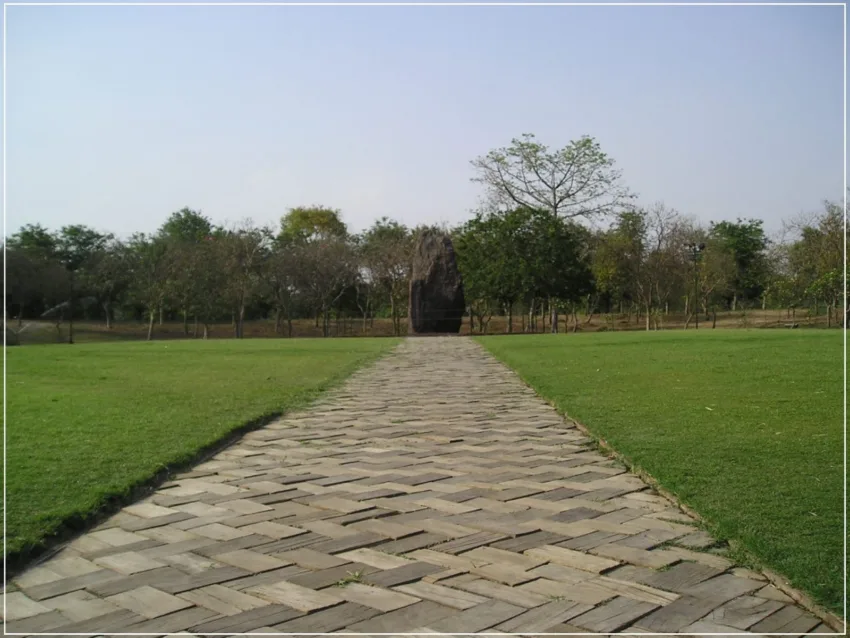Situated on the peaceful banks of the Yamuna River, along with a decorated park with rich flora, stands the famous Shanti Vana. The Hindi translation of this site means “Forest of Peace” in a literal sense. The iconic park offers a lovely view with exquisite scenery for visitors who usually come here for a leisurely stroll. In this article, we will discuss the history and importance of Shanti Vana Delhi and provide information on how to reach there.
Importance of Shanti Vana
The Shanti Vana monument serves as an important landmark in the annals of Indian history. This is because the awe-inspiring monument is, in fact, a memorial built in honour of India’s first Prime Minister, Jawahar Lal Nehru. This is the place where the country’s former leader was cremated.
Distinguished dignitaries and heads of state, during their political visits to this memorial, planted most of the trees that the visitors walk by during their morning or evening stroll.
Despite being a memorial, it is more important to call this place a park, as it offers a view of lush greenery to the residents of the fast-moving national capital of India. The park also has an epochal replica of the Sanchi Stupa of Madhya Pradesh as a symbol of reflection of Nehru’s peace-loving viewpoint towards life as a whole.
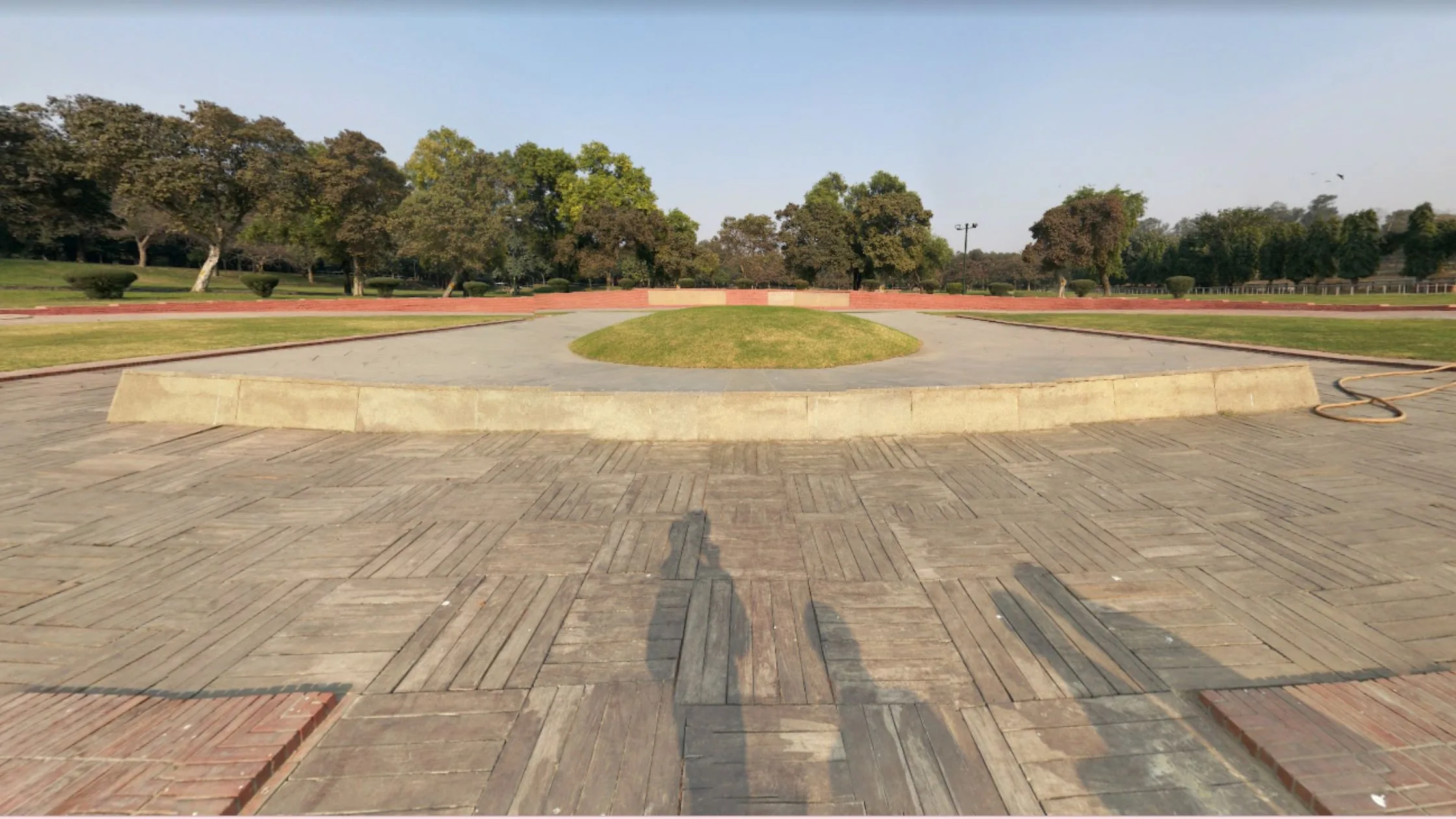
The park caters to a lot of fauna as well, such as birds and squirrels. It is a sight to watch, especially during the spring season when the park flourishes with the colours of blooming flowers. This park is one of the places with rare serenity and calms in otherwise busy Delhi.
Association with History
Shanti Vana was inaugurated by Indra Gandhi, the daughter of Jawaharlal Nehru, on 12th November 1964. Spread over an area of 52.6 acres, the garden house a black marble platform where the mortal remains of Jawaharlal Nehru were cremated.
The first Prime Minister of free India and children’s beloved “Chacha Nehru” was born into a wealthy political family in the year 1889 under a British enslaved India. With a keen eye on the political scenario of that time, he quickly developed an interest in mobilizing the Indian youth of that time into a structured army to offset the British yoke. This was all done under the able guidance of the legendary activist Mahatma Gandhi, popularly known as the “Father of the nation.”
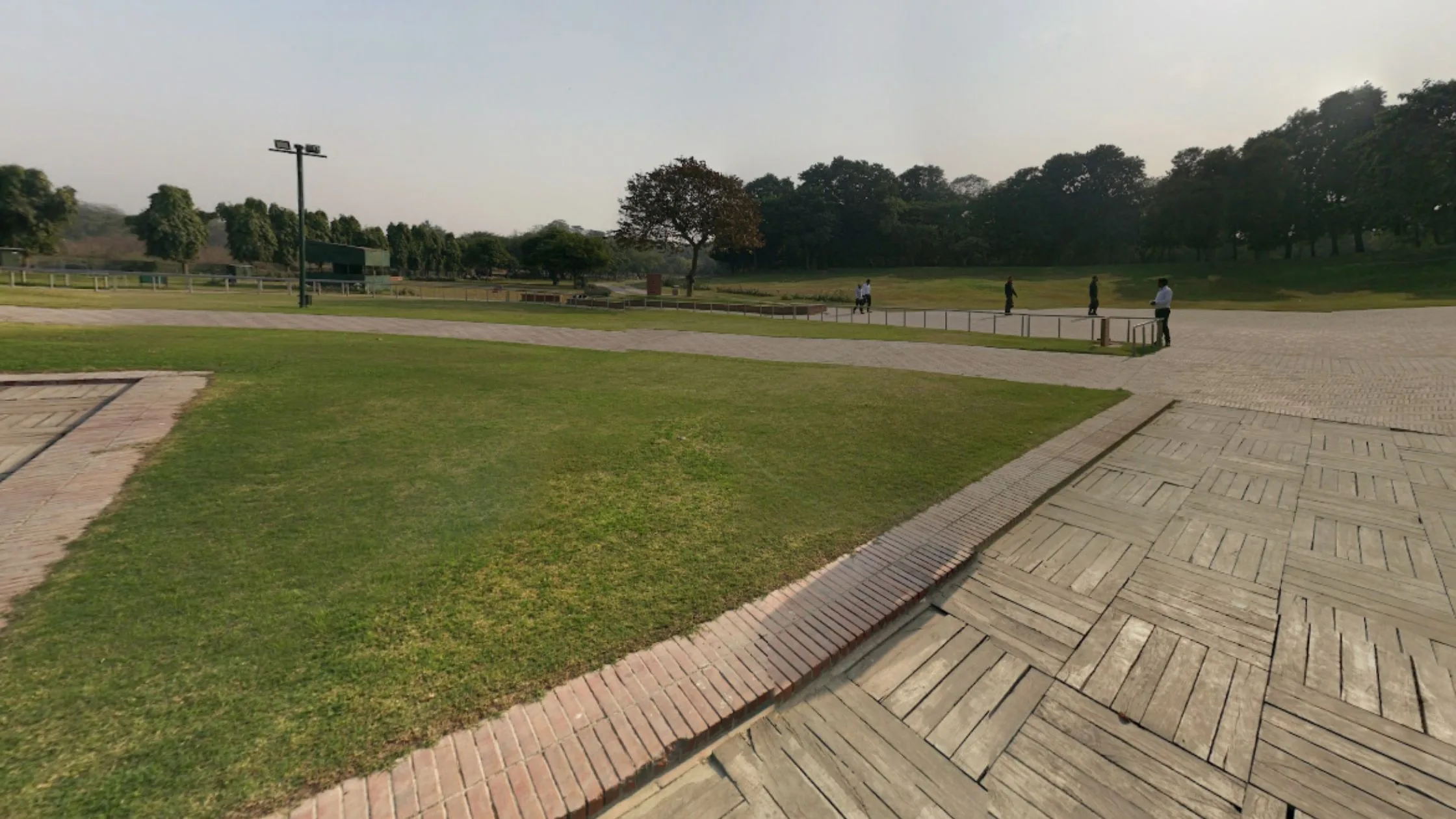
Nehru died peacefully at the age of 74 in the year 1964, giving India not only its freedom but also India’s very first Constitution. His mortal remains were cremated here at Shanti Vana. Since then, the monument has served as a samadhi for the great national leader, which is often described as a state when the soul becomes free of worldly pleasures and boundations. The Shanti Van lies near the famous Red Fort just north of Raj Ghat, which is the resting abode of Mahatma Gandhi. Some say that just like in real life, the teacher-pupil duo lies beside each other even after their death.
Praveen Bhai Mehta, a famous architect, designed this memorial. The design of the memorial incorporates a beautiful landscape, various trees, and shrubs to represent Nehru’s love for nature.
How to Reach Shanti Vana of Delhi?
The iconic Shanti Vana is fairly simple to reach. Being a historical hotspot, it is quite famous. One can reach there by either road or Delhi metro.
It is located just right next to the Geeta Colony Bridge of the Yamuna River at the heart of New Delhi. The monument is fairly easy to reach by road for the local visitors since it has its own personal bus stop named “Shanti Vana bus stop” just by the entrance. By means of low-cost rickshaws, taxis, or a DTC bus, travelling by road is a lucrative option.
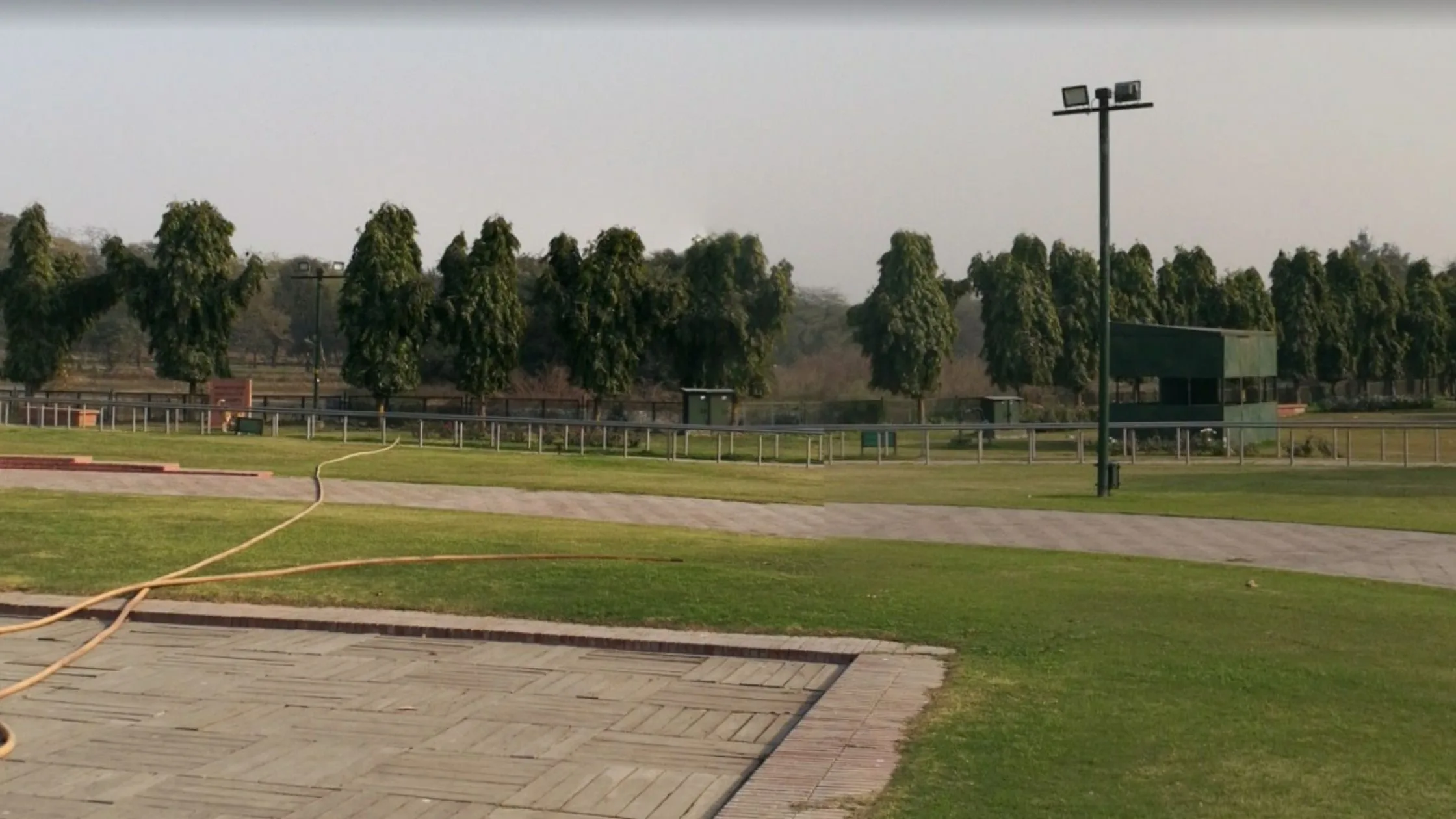
Another convenient mode to reach the park is via the Delhi metro. The nearest metro station is the Jama Masjid metro station which is situated at a distance of just 1.7 km from Shanti Vana. Another closest metro station is Chawro Bazar, which is another 2-mile (3.2 kilometre) journey west of the park.
If you are a non-resident of Delhi and wish to see this serene park, you can easily take an inter-state bus. The national city is well-connected by all major National Highways that run across all nearby cities and states. All buses enter Delhi by means of ISBT Kashmere Gate. After reaching Delhi, you can take the DTDC lines 423 and 501 to reach Shanti Vana, which lies just 7.8 km away. Even private taxis are easily available for a smooth commute from the ISBT.
Outside visitors can also reach New Delhi by means of trains that stop at the New Delhi railway station. From there, you can book a taxi or cab or local metro to reach this park which is just 5.5 km away.
If you are travelling by air, Indra Gandhi International Airport is where you will land. From there, the park is nearly 18.5 km away.
Other Things You Must Know
- Shanti Vana is open daily for visitors, from early morning at 5:00 am until late evening at 7:30 pm, throughout the week.
- The best time to visit Delhi is around October to April.
- Entrance to the site is always free.
- The forest-laden path surrounding the park is a great picnic spot for get-togethers with family members and friends.
- Cultural programs are held every year on November 14 to celebrate Nehru’s birth anniversary along with Children’s Day.
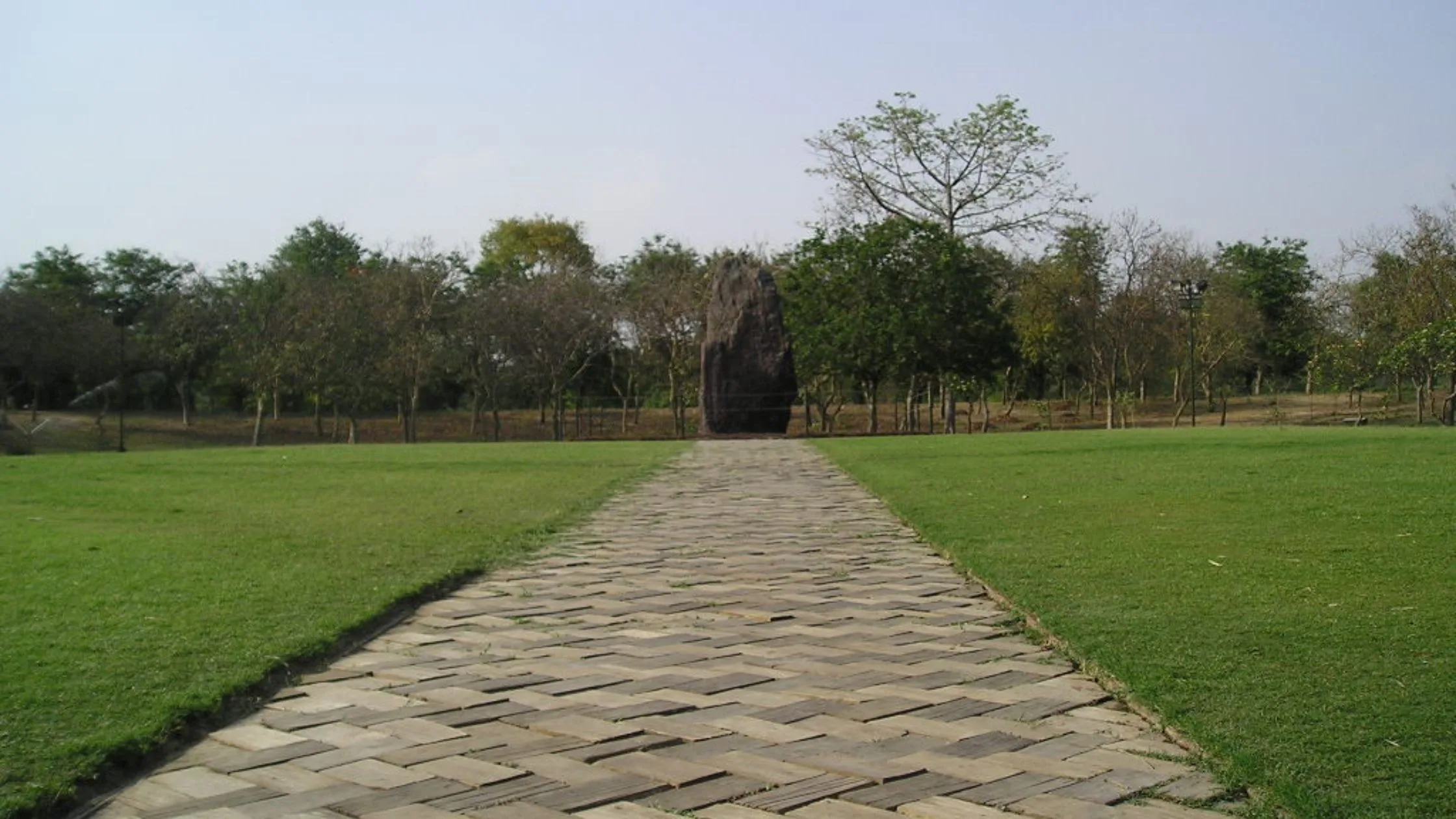
Conclusion
The Shanti Vana offers homage to one of the most celebrated national leaders of India, Jawaharlal Nehru. It is one of the most peaceful and serene spots in the heart of Delhi. It is a unique spot that blends history with nature. The visitors who come here every year in great numbers are spellbound upon seeing the natural beauty of this place. So, travellers who are visiting Delhi this year should make sure that this place is.
So, travellers who are visiting Delhi this year should make sure that this place is definitely on your itineraries.

